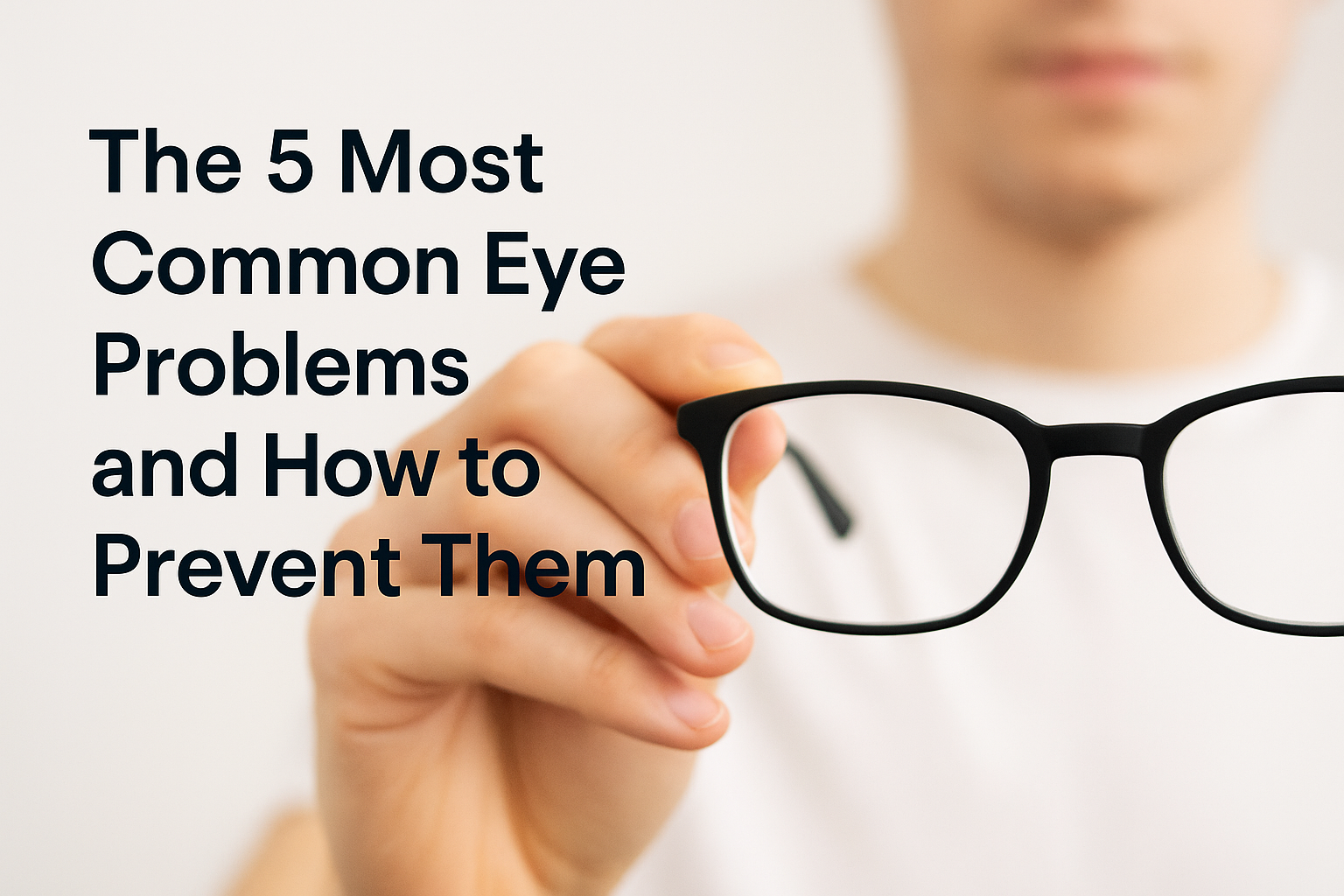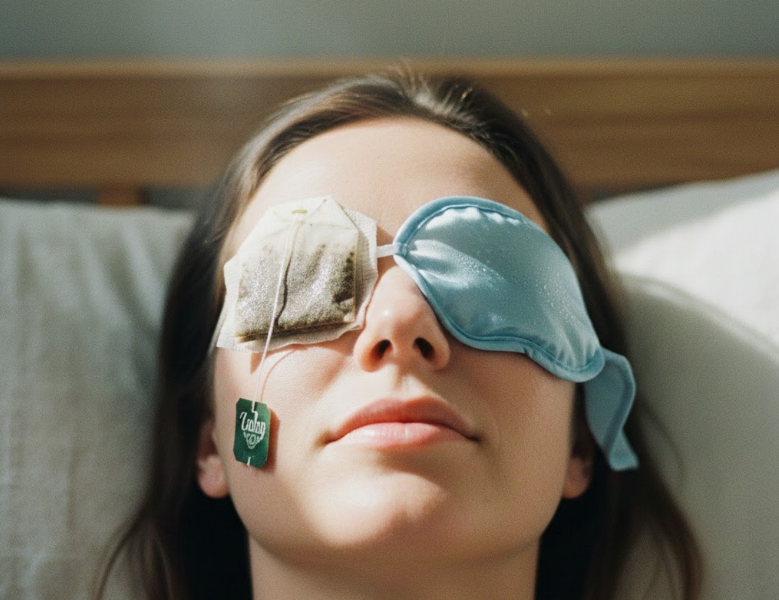Introduction: Why Eye Health Matters
Your eyes are among your most valuable organs — yet many people take them for granted until problems appear. Did you know that more than 2.2 billion people worldwide suffer from vision impairment or blindness, many from preventable causes?
This article explores the 5 most common eye problems and, more importantly, how you can prevent them. With the right knowledge, lifestyle adjustments, and timely treatment, you can protect your eyesight for years to come.
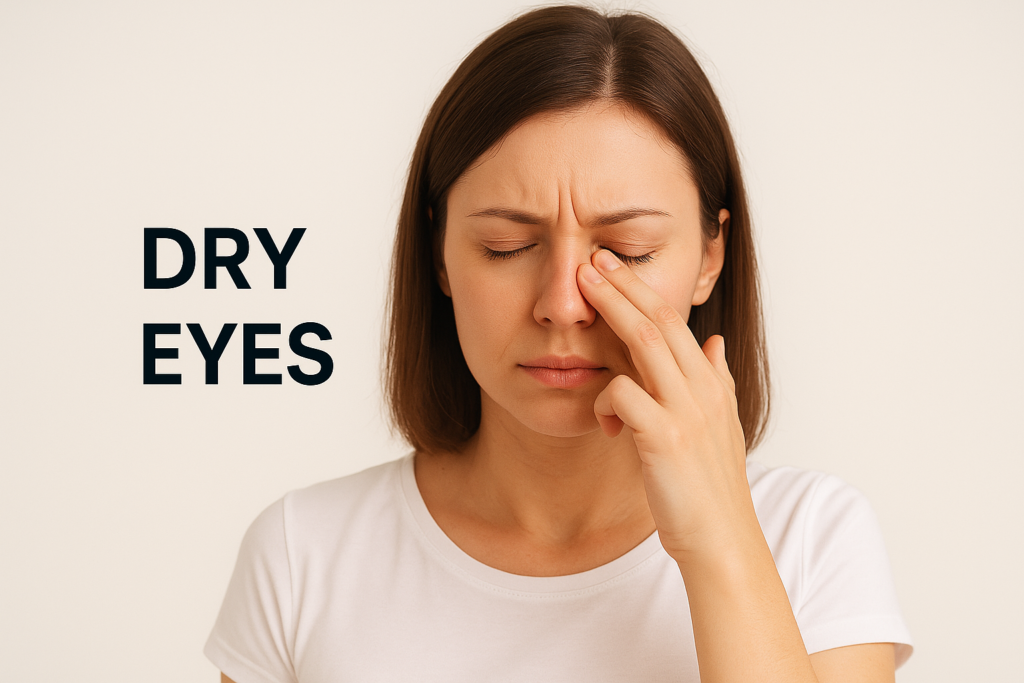
1. Dry Eyes (Keratoconjunctivitis Sicca)
What It Is
Dry eyes occur when your eyes can’t produce enough tears, or when the tears evaporate too quickly.
Symptoms
- Redness, burning, and itching
- Gritty or sandy feeling in the eyes
- Blurred vision, especially when reading or using screens
- Excess tearing (paradoxical response)
Causes
- Aging
- Prolonged screen time
- Certain medications
- Contact lens use
- Environmental factors (air conditioning, wind, smoke)
Prevention & Treatment
- Blink more often when using screens
- Stay hydrated
- Use artificial tears or lubricating drops
- Follow the 20-20-20 rule for digital devices
💡 Key Tip: Adding omega-3 fatty acids to your diet can significantly improve tear quality.
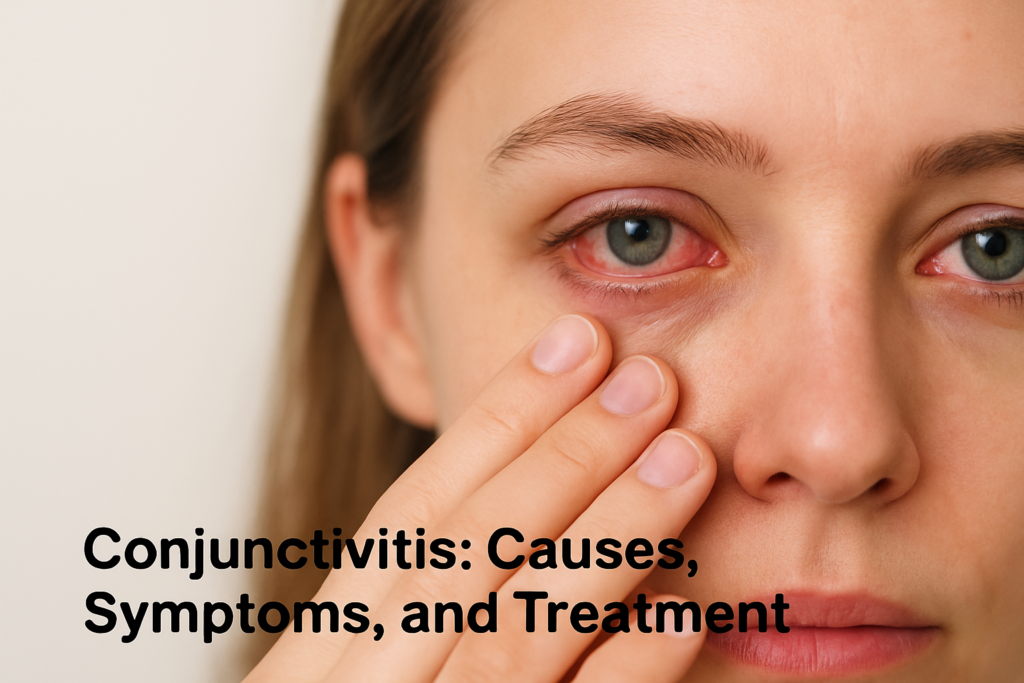
2. Conjunctivitis (Pink Eye)
What It Is
Conjunctivitis, or pink eye, is inflammation of the thin tissue covering the white of the eye.
Symptoms
- Red, swollen eyes
- Watery or sticky discharge
- Itchiness and irritation
- Crusting around eyelids
Types
- Viral (highly contagious)
- Bacterial (requires antibiotics)
- Allergic (caused by pollen, dust, dander)
- Irritant (smoke, chlorine)
Prevention & Treatment
- Wash hands frequently
- Avoid touching or rubbing your eyes
- Don’t share towels or makeup
- Use prescription eye drops if needed
⚠️ Important: Seek medical care if symptoms worsen, as untreated bacterial conjunctivitis can damage vision.
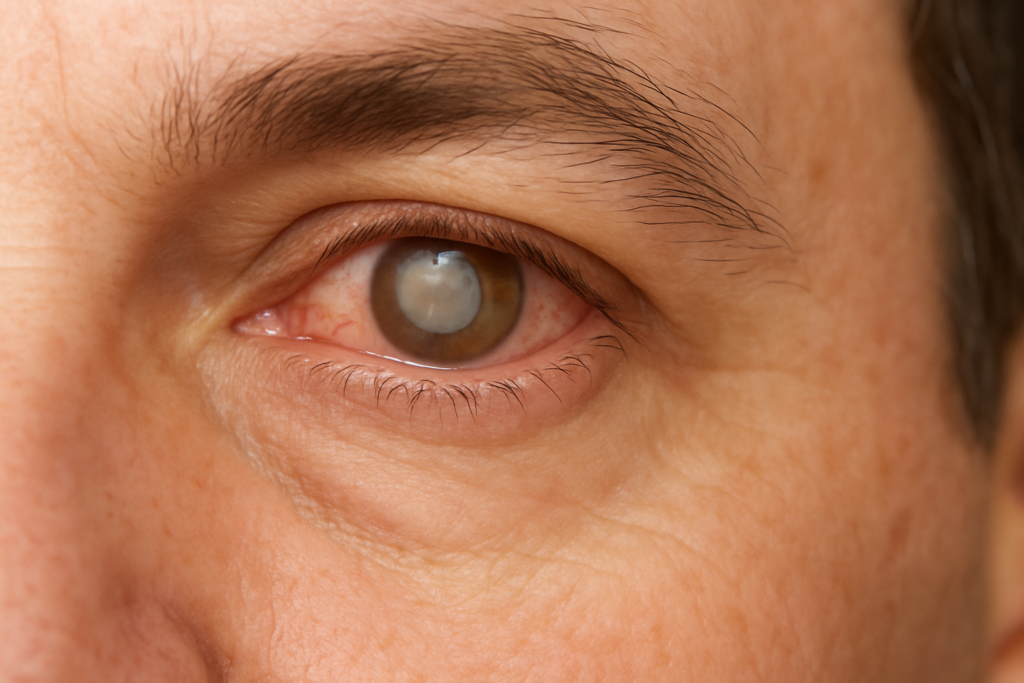
3. Cataracts
What It Is
A cataract is a clouding of the natural lens in the eye, leading to vision impairment.
Symptoms
- Cloudy or blurred vision
- Poor night vision
- Sensitivity to glare
- Fading colors
Causes & Risk Factors
- Aging (most common)
- Diabetes
- Excess UV exposure
- Smoking
- Family history
Prevention & Treatment
- Wear UV-protective sunglasses
- Quit smoking
- Maintain healthy blood sugar levels
- Surgery (safe and effective when vision is severely affected)
💡 Did you know? Cataract surgery is one of the most successful medical procedures, with a 98% success rate.
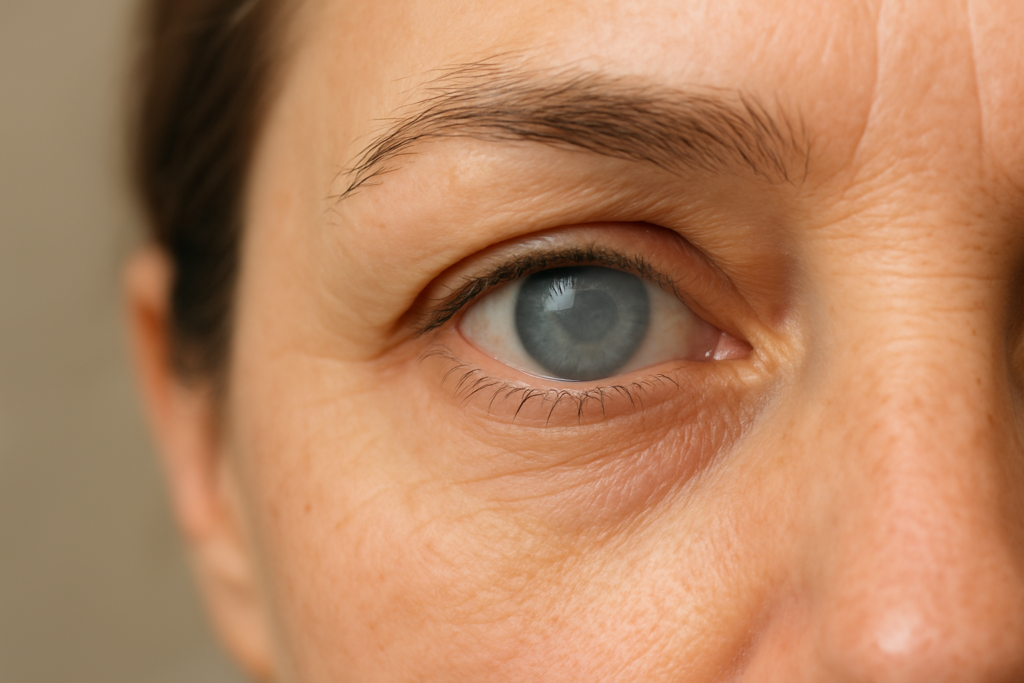
4. Glaucoma
What It Is
Glaucoma is known as the “silent thief of sight” because it often progresses without noticeable symptoms until vision is already damaged. It is caused by increased pressure in the eye that damages the optic nerve.
Symptoms
- Gradual loss of peripheral vision
- Tunnel vision (in advanced stages)
- Eye pain or pressure (sometimes)
- Blurred vision
Risk Factors
- Family history
- Age over 40
- High eye pressure
- Diabetes and hypertension
Prevention & Treatment
- Regular eye exams (especially after age 40)
- Prescription eye drops to lower eye pressure
- Laser therapy or surgery if needed
⚠️ Key Warning: Once vision is lost from glaucoma, it cannot be restored — prevention and early detection are critical.
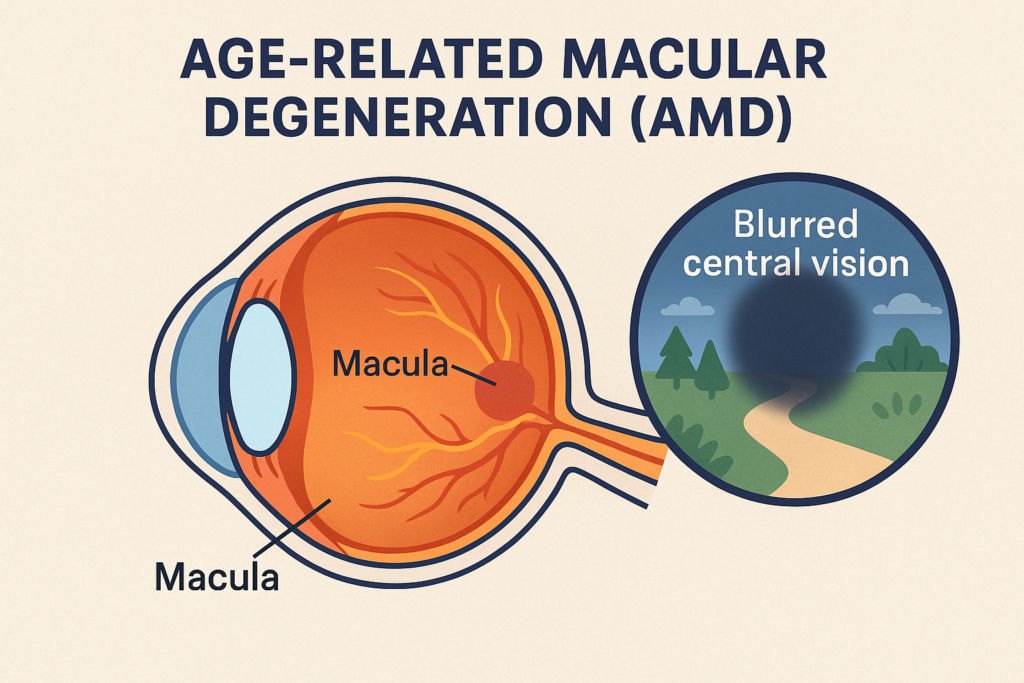
5. Age-Related Macular Degeneration (AMD)
What It Is
AMD is a leading cause of vision loss in people over 50. It damages the macula, the central part of the retina responsible for sharp vision.
Symptoms
- Blurred or distorted central vision
- Difficulty recognizing faces
- Dark spots in central vision
- Trouble reading or driving
Risk Factors
- Aging
- Smoking
- Poor nutrition (low in antioxidants)
- Family history
Prevention & Treatment
- Eat foods rich in lutein and zeaxanthin (leafy greens, eggs, corn)
- Quit smoking immediately
- Use AREDS2 supplements (clinically proven for AMD)
- Regular eye exams
💡 Highlight: Healthy lifestyle choices can slow the progression of AMD by up to 25%.
Frequently Asked Questions (FAQ)
Q: What’s the number one cause of blindness worldwide?
A: Cataracts are the leading cause, but glaucoma and AMD are also major contributors.
Q: How often should I get an eye exam?
A: Adults should have a comprehensive eye exam every 1–2 years, more often if at higher risk.
Q: Can eye problems be reversed naturally?
A: Some conditions like dry eyes can improve with lifestyle changes, but diseases like glaucoma and AMD require medical treatment.
Q: Does diet really affect eye health?
A: Absolutely. A diet rich in omega-3s, antioxidants, lutein, and zeaxanthin significantly reduces risk of common eye diseases.
Q: Can children also get these eye problems?
A: Yes, especially conjunctivitis and dry eyes. Cataracts and glaucoma are rarer in children but possible.
Key Takeaway
The 5 most common eye problems — dry eyes, conjunctivitis, cataracts, glaucoma, and age-related macular degeneration — affect millions worldwide.
The best defense is prevention:
- Protect your eyes from UV rays
- Eat a nutrient-rich diet
- Manage chronic conditions
- Get regular eye exams
💡 Remember: Vision once lost cannot always be regained — but with proper care, you can protect your sight for a lifetime.

